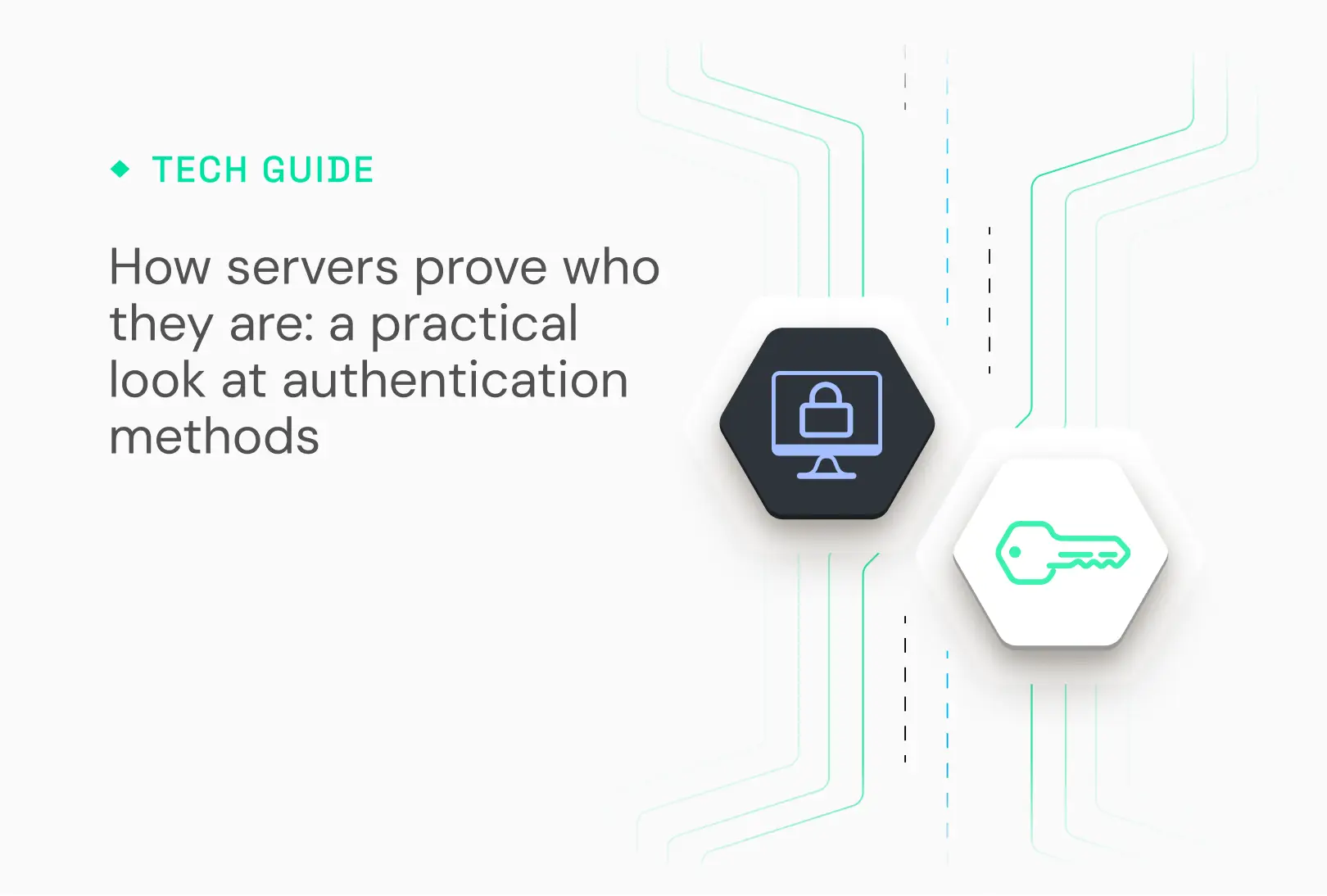Yuki is a popular accounting software solution originating from the Netherlands, now actively used in the Netherlands, Belgium, and Spain. Designed to automate bookkeeping and financial processes, Yuki helps accounting professionals and SMEs manage their workflows with efficiency and precision.
Offering a Yuki API integration allows you to:
- Setup automated processes for your users such as automated accounting entries
- Pull accounting data into your software for synchronisation or offer features such as forecasting
- Enhance overall accuracy by reducing the risk of error associated with manual entries
In this article you’ll discover how to make the most of the Yuki API with expert tips, clear explanations, and common use cases.
What is the Yuki API?
The Yuki API allows you to access and perform operations on a wide range of accounting resources within your product, such as:
- Invoices
- Journal entries
- Chart of accounts
- Customer and supplier data
Yuki’s API is based on SOAP (Simple Object Access Protocol), which means it requires strict adherence to the defined schemas and namespaces for requests to be properly interpreted.
Through Chift’s Unified Accounting API, software vendors can effortlessly connect to Yuki and many more accounting software, simplifying their integration strategy.
[[cta_unified_accounting]]
Examples of Yuki API integration use cases
Integrating Yuki significantly enhances operational efficiency and expands the capabilities of your software solution. Here are common ways software vendors take advantage of accounting integrations:
Keeping customer records in sync with your accounting system
Ensure your CRM or ERP stays aligned with Yuki by syncing customer data automatically, maintaining consistency and improving client relationship workflows.

Automating accounting entries via pre-accounting export
Enable your users to automatically push financial data and accounting entries into Yuki (as well as other major accounting software), freeing them from repetitive manual tasks.

Feeding AP/AR data into cashflow forecasts in real time
Cashflow management solutions rely on Chift’s Unified Accounting API to sync open receivables and payables, helping them model future cash operations more accurately.

Evaluating loan eligibility for fintech lending platforms
Digital lending platforms can assess eligibility in record time by leveraging financial data pulled through Chift’s Unified Accounting and Unified Invoicing APIs in their algorythms.

For more examples of how accounting integrations come to life, explore our Chift case studies.
Getting you started with your Yuki API integration
There are two primary levels of authentication and setup when integrating with Yuki:
- Client-Level Access (for vendors): You’ll need a Client ID and Client Secret to allow customers to interact with Yuki through your application.
- Customer-Level Access: Each end-user must provide their Yuki API key, which is only available to customers on the Business Plan. This key allows access to their Yuki environment via the API.
For a full setup walkthrough, refer to our Yuki integration guide.
Our recommendations for integrating with Yuki
Here are some tips to help you experience a smoother integration setup with Yuki’s API
- Batch your requests: Yuki enforces a daily limit of 1,000 API requests per day, so avoid small and frequent API calls. Instead, group operations into fewer, larger batches.
- Respect SOAP schema and namespaces: Since Yuki uses a SOAP API, you must pay close attention to the request structure. Mistakes in namespaces or schema will cause your request to be rejected.
Integrate with Yuki and other popular accounting software through a single Unified Accounting API
Chift’s Unified Accounting API enables fast and flexible integration with leading accounting platforms across Europe, including Yuki. You can connect to Yuki and also to Sage Génération Experts, Sage 100, Pennylane, MyUnisoft, Visma eAccounting, and others through a single, standardized interface.

Adopting Chift’s Unified APIs simplifies your development, eliminates integration maintenance, and allows you to scale quickly across markets.
Want to see how Chift can power your integrations? Get in touch with our team today for a personalized demo!
Yuki API integration FAQ
What Yuki endpoints are accessible?
Integrating with Yuki gives you access to multiple data models to push or pull information. For example:
- Clients
%%/clients%% - Suppliers
%%/suppliers%% - Invoice attachments
%%/attachments%% - VAT Codes
%%/vat-codes%% - Journal Entries
%%/journal/entries%%
Consult our Yuki API documentation for a list of all the available endpoints.
What are Yuki API rate limits?
The Yuki API has a rate limit of 1,000 requests per day. We recommend batching your requests to stay within this limit and ensure optimal performance.







.avif)











